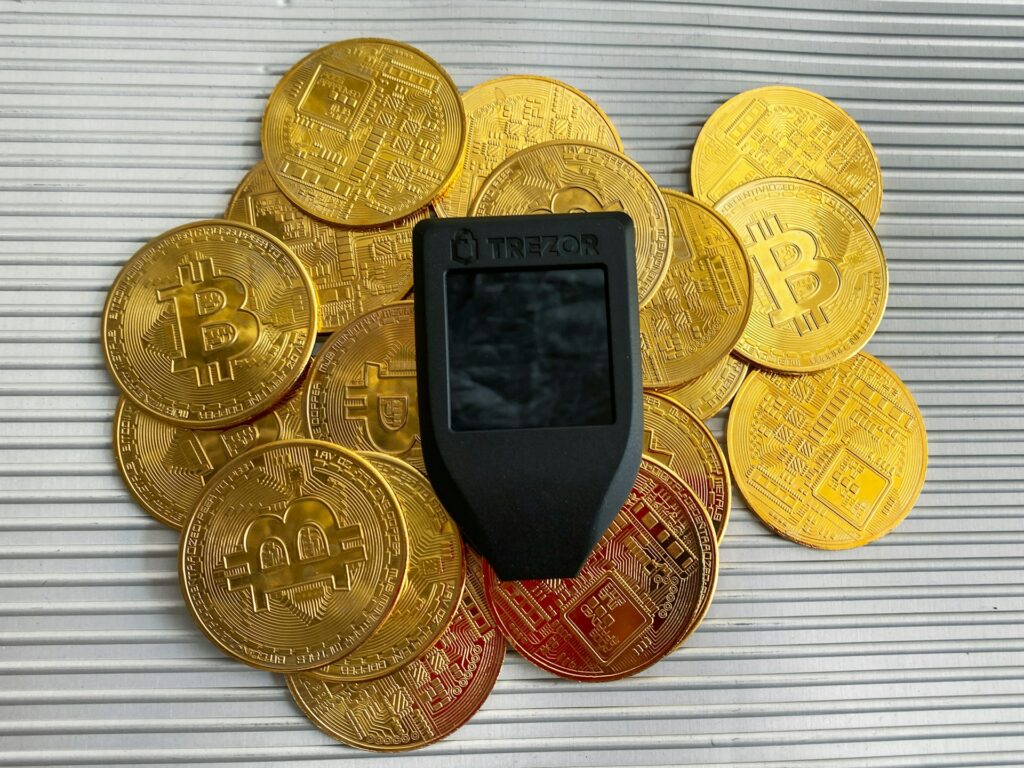What is Decentralized Finance (DeFi)?
Decentralized Finance, or DeFi, refers to a growing ecosystem of blockchain-based applications and protocols that aim to recreate traditional financial systems—like lending, borrowing, and trading—without relying on centralized intermediaries such as banks or brokerages. Instead of going through a bank, you can use smart contracts on platforms like Ethereum to access financial services.
The core philosophy behind DeFi is transparency, accessibility, and decentralization. It’s open to anyone with an internet connection and a crypto wallet—no need for paperwork, credit checks, or institutional approval.

Why DeFi Matters
DeFi represents a significant shift in how financial systems operate. By removing intermediaries and replacing them with code, Decentralized Finance opens up a world where:
- Users maintain control over their assets
- Financial inclusion becomes possible for underserved populations
- Innovation thrives through open-source development
- Costs and inefficiencies of traditional finance are reduced
It’s finance built for the internet age—fast, borderless, and inclusive.
Key Components of the DeFi Ecosystem
1. Smart Contracts
Smart contracts are self-executing programs that automatically carry out the terms of an agreement. On DeFi platforms, these contracts handle everything from issuing loans to managing liquidity pools—no human intervention required.
2. DeFi Wallets
To interact with Decentralized Finance protocols, you’ll need a non-custodial wallet like MetaMask, Trust Wallet, or Coinbase Wallet. These give you full control over your crypto and private keys, unlike centralized exchanges.
Tip: Always back up your wallet’s seed phrase securely. If you lose it, there’s no customer support line to call.
3. Decentralized Exchanges (DEXs)
DEXs like Uniswap, SushiSwap, and PancakeSwap let users trade tokens without a middleman. They rely on automated market makers (AMMs) rather than traditional order books.
4. Lending and Borrowing Platforms
Platforms such as Aave and Compound let you lend your crypto assets to earn interest, or borrow against them by supplying collateral. Interest rates are dynamically adjusted based on supply and demand.
5. Stablecoins
Stablecoins like DAI and USDC play a crucial role in Decentralized Finance by providing a non-volatile means of transacting. They’re usually pegged to fiat currencies like the U.S. dollar.
Popular Use Cases of DeFi
1. Yield Farming
Yield farming involves moving your crypto between different Decentralized Finance protocols to earn the highest returns. Users provide liquidity to pools and earn incentives in the form of governance tokens.
2. Staking
Staking allows users to lock up their tokens to support the network’s security or protocol functions in exchange for rewards. While similar to yield farming, it often involves lower risk.
3. Synthetic Assets
Platforms like Synthetix allow users to create and trade synthetic versions of real-world assets—stocks, commodities, or fiat currencies—on the blockchain.
4. Insurance
DeFi protocols like Nexus Mutual offer decentralized insurance options for smart contract failures and other crypto-specific risks. It’s a vital step toward making Decentralized Finance more secure and trustworthy.
Risks and Challenges
While DeFi offers exciting opportunities, it also comes with notable risks—especially for beginners.
• Smart Contract Vulnerabilities
Code is law in Decentralized Finance, and bugs can be costly. Hacks and exploits of poorly written contracts have resulted in millions lost.
• Regulatory Uncertainty
Governments are still trying to define how Decentralized Finance fits into existing legal frameworks. Future regulations may affect how some protocols operate.
• Rug Pulls and Scams
Since anyone can launch a token or protocol, due diligence is critical. Always research before depositing funds into a new platform.
• Market Volatility
Crypto markets are famously volatile. Yield farming returns can fluctuate wildly, and collateral values can crash—triggering liquidations.
Getting Started with DeFi: A Step-by-Step Guide
- Get a Crypto Wallet
Download a non-custodial wallet like MetaMask and secure your seed phrase. - Buy Ethereum or Other Tokens
Purchase crypto on a centralized exchange (e.g., Coinbase or Binance) and transfer it to your wallet. - Explore DeFi Platforms
Visit sites like DeFi Llama or DappRadar to explore protocols by Total Value Locked (TVL), use-case, and reliability. - Start Small
Test the waters by swapping tokens on a DEX or supplying a small amount to a lending protocol. - Track Your Investments
Use DeFi dashboards like Zapper, Debank, or ApeBoard to monitor portfolio performance.
The Future of DeFi
Despite volatility and growing pains, the Decentralized Finance sector is maturing. Institutional interest is rising, infrastructure is improving, and more user-friendly interfaces are emerging.
Several trends point to continued growth:
- Cross-chain interoperability: Bridging assets between blockchains (e.g., Ethereum and Solana)
- Layer 2 solutions: Faster and cheaper transactions via scaling technologies like Arbitrum and Optimism
- Real-world asset integration: Tokenizing real estate, stocks, and more
- Regulated DeFi: Hybrid models that blend decentralization with compliance
Whether you’re a crypto enthusiast or just curious about the future of finance, DeFi is a space worth understanding—and possibly participating in.


Leave a Reply